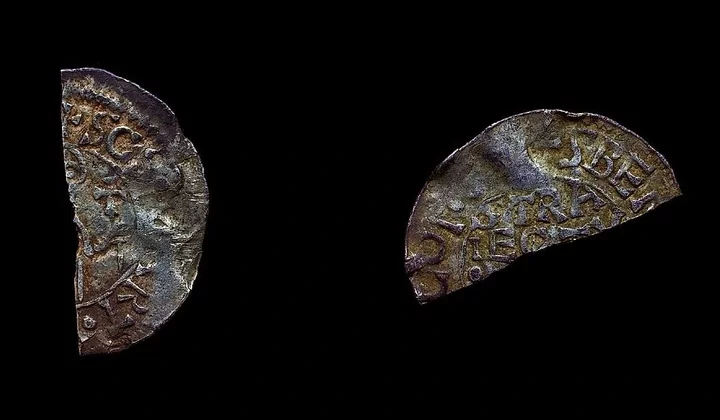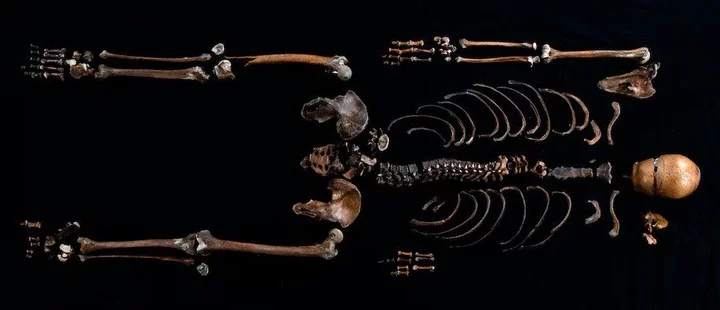There has never been a point in modern history where humans know more about Ancient civilization than now. Thanks to the tireless work of top-notch scientists, historians, and archeologists, new discoveries and breakthroughs are being made each day. All of these advancements paint a clearer picture than ever before. However, despite the unprecedented progress made, much of Antiquity remains shrouded in mystery. Even though our experts are sitting on hills of information, there are still mountains of missing clues and pieces to the puzzle.
Stonehenge

One of England's more famous landmarks, the prehistoric wonder that is Stonehenge, remains as mysterious as the first day it was ever recorded by Roman chroniclers. Historians generally agree that early Britons constructed Stonehenge sometime 5,000 years ago.
It has never been clear as to why the structure was ever made. Some theories claim it was an elaborate temple for various religious ceremonies. Others are certain that Stonehedge was a way for the ancient people of the British Isles to predict the seasons and tell the time. Some even go as far as to say that it is the remnants of a once great and mighty civilization lost to time. With nothing in the way of written records from that time, there is a good chance that humans will never know for sure.
Cleopatra's Tomb

Despite being one of the most famous and well-documented rulers of Ancient Egypt, the last known whereabouts of Cleopatra's body are still unknown to this day. After the death of Mark Antony and the suicide of Cleopatra, Plutarch claimed that the two lovers were placed in a tomb together.
However, there is no clear mention of the tomb's exact location, and no one has been able to find it since. In 2010 a group of archeologists did some digging around Alexandria and found many ancient tombs from the same era Cleopatra ruled over but were unable to find her tomb.
There is a good chance that her tomb met a similar fate to that of Alexander the Great's. It is most likely that the tomb is either deep underwater or sitting underneath an apartment block in modern-day Egypt.
Greek Fire

Greek fire was a wonder weapon of its day. The closest thing it could be compared to is modern-day napalm. The Byzantines first created these destructed weapons of war sometime in the 7th or 8th century CE. It was primarily used in naval warfare and was a key component in fending off endless invasions and sieges of Constantinople.
The flammable substance was often put into siphons and shot at enemy ships with horrific results. There were numerous times when entire enemy fleets would go up in flames thanks to quick thinking and crafty maneuvering by the Byzantines.
Despite its tremendous effect on the battlefield as the Byzantine Empire began to wane in power in the 13th century, mention of the use of Greek fire vanished almost overnight. It is thought by experts that since the creation of Greek fire was such a closely guarded secret fewer and fewer people knew the formula and ingredients needed to make it as the centuries passed on; one day, the last person on Earth who knew how to make it died without telling anyone or writing it down.
The Birth of Jesus

Christmas, one of the most celebrated holidays in the world, commemorates the day Jesus Christ was born on December 25th. However, it is likely that Jesus was not born on this day. Despite common conception, the Bible never does mention a clear date for when Jesus was supposedly born. Only where and how he was born.
It is widely excepted that December 25th was assigned as the date of Christ's birth because it coincided with the Roman festival of Saturnalia. Saturnalia was dedicated to the Roman god Saturn. The festivities of this Roman holiday consisted of things like gift-giving and large feasts with friends and family.
As the Romans began to convert to Christianity slowly, it makes total sense to as why they would replace their old pagan holidays with new Christian ones that take place at the same time of the year as before.
Yonaguni Monument

The Yonaguni Monument was first discovered in the 1980s off the coast of Japan by a team of divers. The so-called monument resembles what some people call the ruined remains of a lost civilization that has since fallen into the ocean.
This "Japanese Atlantis" has been heavily disputed by historians, archeologists, and geologists as nothing more than a natural formation of rocks at the bottom of the ocean caused by the movement of plate tectonics. The Yonaguni Monument will most likely remain a source of endless intrigue and mystery until further research and exploration of the site.
The Viking Penny

It is a well-established fact that the first Europeans to step foot on the North American continent did so around the year 1000 in what is today Newfoundland and Labrador in Canada. A Viking party stopped here for roughly a year to wait out the winter and gather lumber and other resources. Their time here was brief, and little is known about what they did in North America aside from surviving.
However, in 1957 an amateur archeologist claimed to have stumbled upon a Norse coin dated to be as old as 1060 or 1085. This would mean that either the coin was from the original Viking expedition made in 1000 or that the coin was given to them by another Viking party that arrived much later. To this day, it is the only example of Norse currency found in North America.
Roman Dodecahedrons

These bizarre looking 12 sided shapes are some of the most strange and peculiar remnants of the Roman era. Most of the dodecahedrons unearthed by archeologists seem to have been made between 100 to 300 CE.
The use of these bizarre objects is something that is still heavily debated by experts. Some think they were items used in religious ceremonies, while others think they are something as benign as decorative furniture.
A select fringe group of researchers claims that these alien shapes are well-disguised advanced weapons that the Romans were able to engineer.
Nazca Lines

Between the years 1 to 700 CE, the Nazca people in Ancient Peru began to carve nearly foot-deep markings into the side of rockfaces throughout their territory. The reasons for doing this are unexplained, and many questions remain unexplained to this day.
The carving often resembled plants or sometimes animals, but there are a few instances of carvings that resulted in undecipherable hieroglyphs and markings.
As you can imagine, these markings are the source of endless conspiracies. More recent hypotheses suggest that these markings could be a simple plea to help from their gods or that they were somehow connected to astronomy.
Thonis-Heracleion

It was not until the early 2000s that a team of divers discovered what can only be explained as the real-world Atlantis. The port city of Thonis-Heracleion was once a thriving port city in Ancient Egypt, but the city mysteriously vanished from any written records for thousands of years. Historians were not entirely sure what happened to the city until they found it underwater.
What was so remarkable about the city was how relatively intact it was. The city still had its bridges, large 16 ft stone statues, and other notable points of interest. Historians are unsure what caused Thonis-Heracleion to slide into the sea. One theory is that a sudden combination of earthquakes, tsunamis, and floods around 800 CE brought the city down.
Sacsayhuaman

Sacsayhuaman is the name given to a massive Incan stone structure that was built in the mountains of Peru. Its exact date of construction is not clear. Some ascertain that it was built in the 14th century, but others suggest it was much earlier.
What makes Sacsayhuaman so spectacular is not the sheer size of the fortress but rather its construction techniques. The massive stone building was assembled using no mortar or other binding substance.
The stones all fit snugly together but are not the same shape. This would suggest that the architects of this marvel created the fortress as they went. How the Incans moved these massive stone blocks weighing as much as 100 tons is a mystery to this day.
Bonus Entry: Linear A (Minoan)

The Minoan civilization lasted for centuries in what is today called Crete in modern-day Greece. Not much is known about these people, but it is clear that they established themselves as one of the more notable powers in the Ancient Mediterranean Bronze Age.
Their civilization disappeared almost as quickly as it appeared. It is thought that many of their cities were destroyed in a series of floods, earthquakes, and tsunamis. The only kind of written language they left behind was something researchers call Linear A. It is believed that if Linear A can be cracked, then it can open the door to a better understanding of the Minoan people and their untimely fate.
Hopefully, as technology improves and more information is decyphered, humans will begin to learn more about our ancient past. Plenty of other examples throughout history were considered unsolvable mysteries, only for them to be cracked wide open decades later aided by technological breakthroughs or new archeological discoveries. Either way, seeing what the future holds for our past is exciting.















Comments